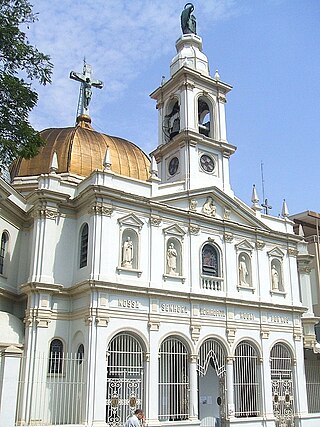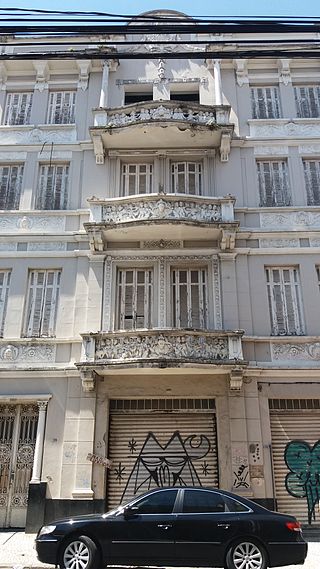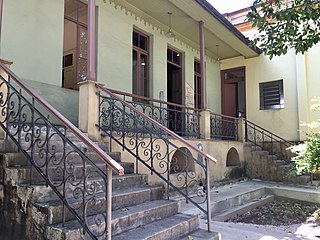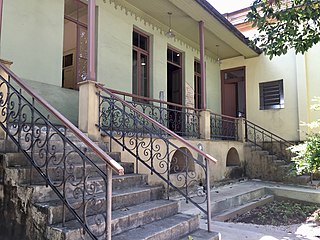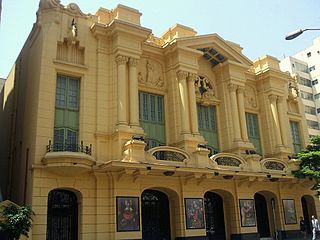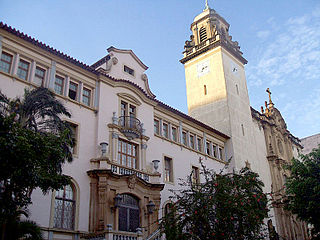Self-guided Sightseeing Tour #8 in São Paulo, Brazil
Legend
Guided Free Walking Tours
Book free guided walking tours in São Paulo.
Guided Sightseeing Tours
Book guided sightseeing tours and activities in São Paulo.
Tour Facts
2.2 km
39 m
Experience São Paulo in Brazil in a whole new way with our free self-guided sightseeing tour. This site not only offers you practical information and insider tips, but also a rich variety of activities and sights you shouldn't miss. Whether you love art and culture, want to explore historical sites or simply want to experience the vibrant atmosphere of a lively city - you'll find everything you need for your personal adventure here.
Activities in São PauloIndividual Sights in São PauloSight 1: Paróquia Nossa Senhora Achiropita
The Parish of Our Lady of Acheropita (Portuguese: Paróquia Nossa Senhora Achiropita) is a church located in São Paulo, Brazil, in the Archdiocese of São Paulo. It was established on 4 March 1926 by Italian immigrants.
Sight 2: Teatro Brasileiro de Comédia
The Teatro Brasileiro de Comédia is located in the Bela Vista neighborhood, in the central zone of the Brazilian city of São Paulo. It was founded in 1948 by businessman Franco Zampari, with the financial support of part of São Paulo's elite.
Sight 3: Centro de Preservação Cultural
The Center for Cultural Preservation (CPC) of the University of São Paulo is a center for the elaboration of reflections and actions related to the collection, conservation, research, experimentation and communication of testimonies of the cultural heritage of the Dean of Culture and University Extension of USP.
Wikipedia: Centro de Preservação Cultural da Universidade de São Paulo (PT), Facebook, Website
Sight 4: Casa de Dona Yayá
The Casa de Dona Yayá is a historic building in the Bixiga region, in the Bela Vista neighborhood, in São Paulo, and is currently managed by the Center for Cultural Preservation of the University of São Paulo. Built at the end of the nineteenth century, the house is a symbol of the eclectic architecture of the central region of São Paulo, with characteristics that symbolize different periods of the city's history in the last 100 years. Considered one of the last buildings in the farm belt that surrounded the city center in the twentieth century, the house today has characteristics attributed by four major renovations made by its five different owners over the years.
Sight 5: Teatro Oficina
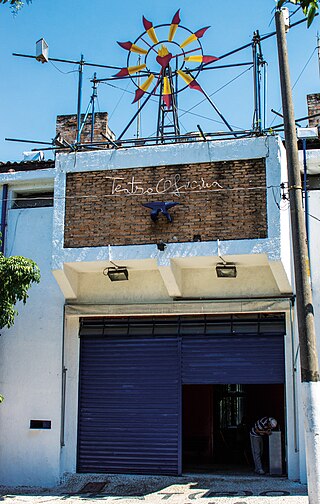
Teat(r)o Oficina Uzyna Uzona or simply Teatro Oficina, is a theater company based in the neighborhood of Bixiga, in the Brazilian city of São Paulo. It was founded in 1958 at the Law School of the University of São Paulo by Amir Haddad, José Celso Martinez Correa, Carlos Queiroz Telles and Ron Daniels.
Sight 6: Teatro Renault
Teatro Renault, also known as Teatro Paramount and Teatro Abril, is located on Brigadeiro Luís Antônio Avenue, in the Brazilian city of São Paulo. It opened in 1929, burned down in 1969 and reopened in 2001.
Sight 7: Basílica Nossa Senhora do Carmo
Basílica de Nossa Senhora do Carmo is a church in São Paulo, Brazil. It was inaugurated in 1934 and named for Our Lady of Mount Carmel.
Wikipedia: Basílica de Nossa Senhora do Carmo (São Paulo) (EN)
Share
How likely are you to recommend us?
Disclaimer Please be aware of your surroundings and do not enter private property. We are not liable for any damages that occur during the tours.
GPX-Download For navigation apps and GPS devices you can download the tour as a GPX file.
